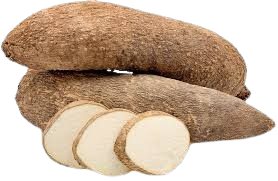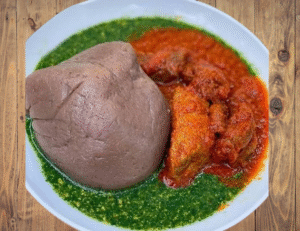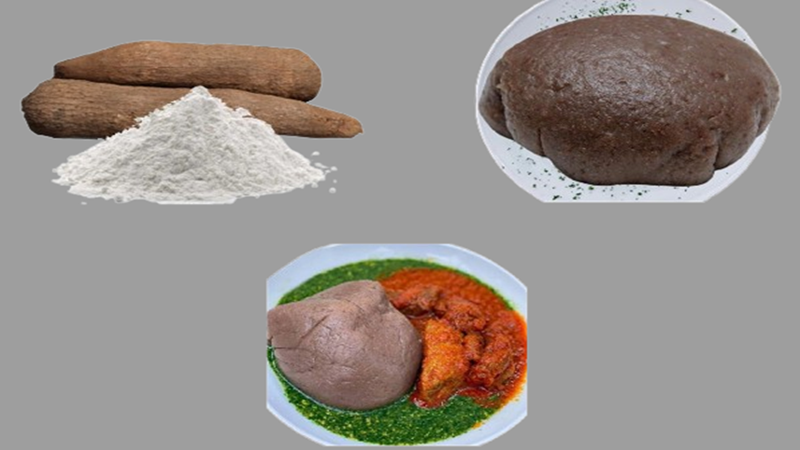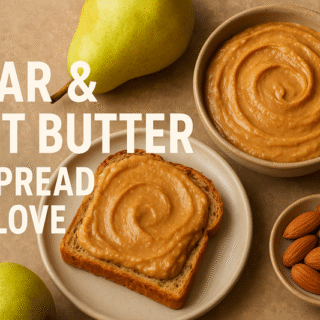Introducing Yam Flour
Yam flour, commonly known as “elubo” in Nigeria, is a versatile and gluten-free flour made from dried yams. It is widely used to prepare traditional African dishes such as amala. Making yam flour at home requires careful selection, processing, and drying of yams.
Table of Contents
It’s important to note that yam flour differs from pounded yam flour. While the preparation method is similar, there is a slight difference. For pounded yam flour, the yam must be preboiled before drying.
Here is an extensive step-by-step guide:
Equipment Needed
To make yam flour, you’ll need the following equipment:
- Knife or Peeler: For peeling the yam tubers.
- Cutting Board: For cutting the yams into smaller pieces.
- Bowl or Basin: For washing the yam pieces.
- Pot or Steamer (optional): If you want to parboil the yam before drying (some methods use parboiled yam).
- Drying Equipment:
- Sun-Drying: Clean a mat, tray, or rack for spreading yam pieces in the sun.
- Food Dehydrator or Oven: For faster, hygienic drying.
- Grinder or Milling Machine: For grinding the dried yam pieces into a fine flour.
- Sieve: For sifting the flour to ensure smoothness.
- Airtight Container or Bag: For storing the finished yam flour.
This basic equipment should cover most small-scale or home yam flour production methods. For larger-scale or commercial production, industrial peelers, dryers, and hammer mills are used.
Ingredients
The primary (and often only) ingredient needed to make yam flour is:
- Fresh yam tubers
No additional ingredients are typically required. However, for some variations or to ensure food safety and quality, you might also use:

- Water (for washing and, in some processes, for parboiling the yam slices)
Preparation Process
Step 1: Selecting the Right Yams
- Choose mature, healthy yams: Select firm, mature tubers that are free from bruises, rot, and blemishes. White yam (Dioscorea rotundata) is most commonly used for yam flour.
- Freshness matters: The fresher the yams, the better the quality of flour.
Step 2: Washing and Peeling
- Wash thoroughly: Scrub the yam tubers under running water to remove dirt and sand.
- Peel the yams: Use a sharp knife to remove the brown skin. Take care to avoid peeling off too much flesh, as the flesh is what you need for the flour.
Step 3: Slicing the Yams
- Cut into thin slices: Slice the peeled yams into thin, even pieces (about 1/4 inch thick) to promote even drying.
- Rinse again: Wash the slices to remove excess starch and to prevent browning.
Step 4: Blanching (Optional)
- Blanch the slices: Some prefer to blanch yam slices in boiling water for 2-3 minutes to reduce browning and improve flour quality. Drain and allow them to cool.
Step 5: Drying the Yam Slices
- Sun drying: Spread the yam slices out on clean mats or trays in a single layer. Place them under direct sunlight for 3–5 days. Turn the slices regularly for even drying. Ensure the drying area is clean and protected from dust, animals, and insects.
- Oven or dehydrator drying: Alternatively, use a food dehydrator or set your oven to a low temperature (about 60°C/140°F). Dry the slices for 6–12 hours or until they are crisp and brittle.
- Key: The slices must be completely dry to prevent spoilage and ensure smooth flour.
Step 6: Grinding the Dried Yams
- Prepare for milling: Once the slices are fully dried, allow them to cool to room temperature.
- Grind into flour: Use a high-powered blender, food processor, or commercial mill to grind the dried yam slices into a fine powder. Sift the flour to remove any larger particles and re-grind if necessary.
Step 7: Packaging and Storage
- Cool the flour: Let the freshly ground yam flour cool before packaging to prevent condensation and mould growth.
- Store properly: Pour the flour into airtight containers or sealed bags. Store in a cool, dry place away from moisture, heat, and pests.
- Shelf life: Properly dried and stored yam flour can last for several months.
Tips for Best Results
- Hygiene: Maintain cleanliness throughout the process to avoid contamination.
- Consistency: Ensure all slices are of uniform thickness for even drying.
- Preservation: For a longer shelf life, consider adding food-grade desiccants to the storage container to absorb any residual moisture.
Uses of Yam Flour
Yam flour is commonly used to make “amala,” a Nigerian swallow meal served with soups like ewedu or ogbono. It can also be used as a gluten-free substitute in baking or as a thickening agent in stews and sauces.

Ewdu soup served with amala
By following these steps carefully, you can make high-quality yam flour at home, ensuring freshness, purity, and great taste for your traditional dishes.
- How To Make Lemon Blueberry Zest Smoothie: The Ultimate Refreshing & Powerful Recipe🍋🫐
- How To Make Grape Hydration Smoothie – A Powerful And Refreshing Recipe🍇💧
- How To Make Apple Cinnamon Smoothie (The Ultimate Delicious & Powerful Recipe) 🍎✨
- How To Make A Pineapple Coconut Smoothie🍍 (Delicious & Powerful Energy Boost)
- How To Make Peach Sunrise Smoothie: The Ultimate Delicious & Energising Morning Drink 🍑✨

Did you make this recipe? Please do leave a comment and rating on the blog. Tag us with your picture on Instagram @real9jakitchen











Thanks for sharing my favorite food blog